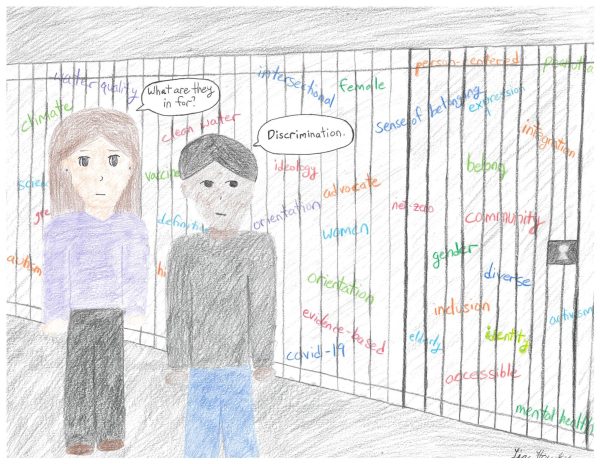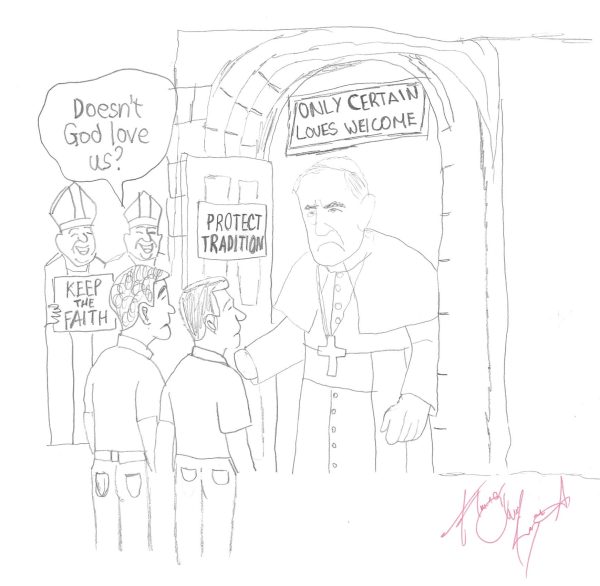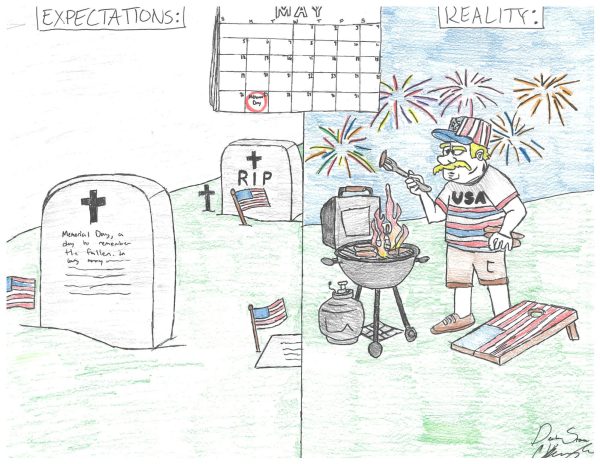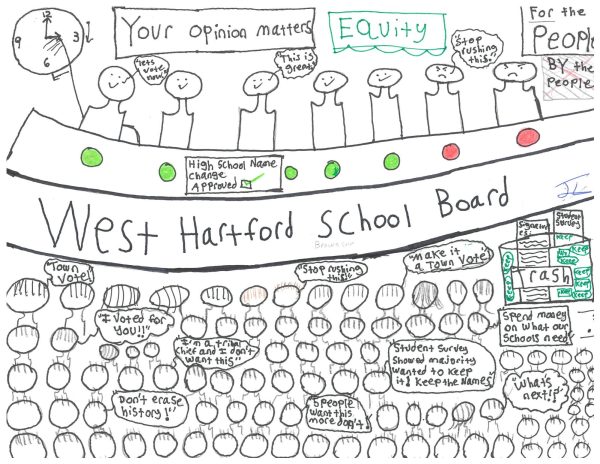From Virtual to Reality: The Effects of Violent Video Games
Michael Carneal, a fourteen-year-old freshman at Heath High School, walked into school on the morning of December 1, 1997 with a shotgun and a rifle wrapped in a blanket, along with a .22 caliber pistol in his backpack. He was able to sneak the guns passed security by informing them that the art project he was working on was under the blanket. At approximately 7:45 a.m., he arrived at school, immediately inserted earplugs, took the pistol out of his bag, and began firing into a group of mostly female youth prayer students standing in a circle. A member of the prayer group, Benjamin Strong, testified that Carneal placed the gun down on the ground immediately after the shooting of his own accord, and then surrendered to the school principal, Bill Bond.
Almost two years later, on April 13, 1999, the parents of the three students killed at the Kentucky High School filed a $130 million lawsuit against the entertainment industry, asserting that media violence inspired the boy who shot their children. Investigations showed that Carneal was a frequent user of violent computer video games, including two first person shooter games: Redneck Rampage, and horror/survival/shooter video game, Resident Evil. The lawsuit alleges that the producers of the games “were negligent in distributing this material to a minor because it would desensitize him and make him more prone to violence.” The suit was filed in the federal court, but before the case was brought in for a hearing, it was dismissed for “failing to present a legally recognizable claim.”
After the shooting at Heath High School in 1997, countless other violent and aggressively provocative video games were released even with the controversy that ensued, including the immensely popular shooter game Grand Theft Auto, notorious for its theme of drugs, prostitution, evading the police, and killing tons of people. The release of violent video games across the country continued, but on April 20, 1999, tragedy struck: Two students at Columbine High School in Jefferson County, Colorado, came into school with guns under their trench coats, and opened fire on students and faculty. Their motive was thought to have been because of bullying they experienced from the jocks throughout their years at the school, but many blamed violent video games once again, which led to several unsuccessful lawsuits being filed. School shootings happen more frequently than most people think, and violent video games are always a scapegoat people use when it comes to the reasoning behind a shooting, but does scientific research backup the claim that violent video games cause behavioral or emotional instability in teens who play them?
With lawsuits being filed, there is certainly a need for clear psychological evidence that can prove violent entertainment is the leading cause of these certain hostile behaviors. The American Psychiatric Association published a policy statement in 2015 saying, “playing violent video games leads to more aggressive moods and behaviors and detracts from the players’ feeling of empathy and sensitivity to aggression.” Unfortunately this was published prematurely. The APA had not conducted enough research to publish this statement confidently. Last summer, a division within the APA their own statement calling the APA’s stance of violent video games, “misleading and alarmist.” They went on to advise government officials and the news media to avoid attributing acts of violence to video games or other violent media/entertainment. Not long after this series of events, the APA concluded that large analyses of violent crime and video game use found no evidence that increased sales of violent video games leads to a spike in violent crimes. However there is not solid, irrefutable evidence that says violent entertainment will not cause a desensitization or a decrease in empathy towards violence.
Although the APA concluded that there is no valid statistical evidence supporting the claim that violent video games cause aggression in children, this does not mean these two subjects have no correlation. By conducting interviews with individuals familiar with violent video games, public opinion was presented that differed from the claims of the APA. Anthony Wasley, a science teacher at Hall High who has been playing video games since his childhood, both violent and non-violent, gave us his insight on this controversial topic. When asked if violent video games have an effect on children’s aggression, he responded; “I do believe violent video games can lead to aggression. By playing these games, kids become desensitized towards towards violence, which reducts from their empathy; a very important value in this day and age.” This can be seen by the outrageous number of mass shootings happening in our country. Therefore, society becomes accustomed to news of this and loses interest as more keep occuring.
When asking several Hall students about their personal experiences with violent video games, we found some interesting information. For instance, senior Rory Kane stated, “Even though I don’t personally play violent games, I still believe that people are way too obsessed with them. Some of my friends get way too into it, and I’ve seen people punch walls and throw controllers when they lose.”
In Rory’s experience, she has seen people become more hostile when they play violent games, but does this anger and aggression affect their lives after the game is over? In a study conducted by Nottingham Trent University in Finland, video games were found to contribute to depression, anxiety, and low self-esteem. To gather more insight, we interviewed a male student who plays violent video games. The student, Matt Keeley, stated, “When my siblings [or friends] try messing with me after I lose, it causes me to lash out at them.”
This anecdote validates Rory’s observations, and also shows the elevated state of hostility that violent video game players are brought to. However, this frustration has only been documented because the player has lost the game and acted out because of the loss or death. These types of reactions could potentially happen because of a loss in a sports game as well, even though it is 100% nonviolent.
So whose job is it to prevent children from playing violent video games? There are plenty of video games that can be considered violent, but are appropriate for younger ages. Examples of these games include Super Mario Smash Bros., and Fortnite. They do not contain obscene images and graphics similar to other, more intense, violent video games. To sum things up, it is the responsibility of video game producers to continue making these games as an alternative for younger children who wish to play them. It also relies on the parents of these children to provide their kids with video games that are appropriate for their age.






